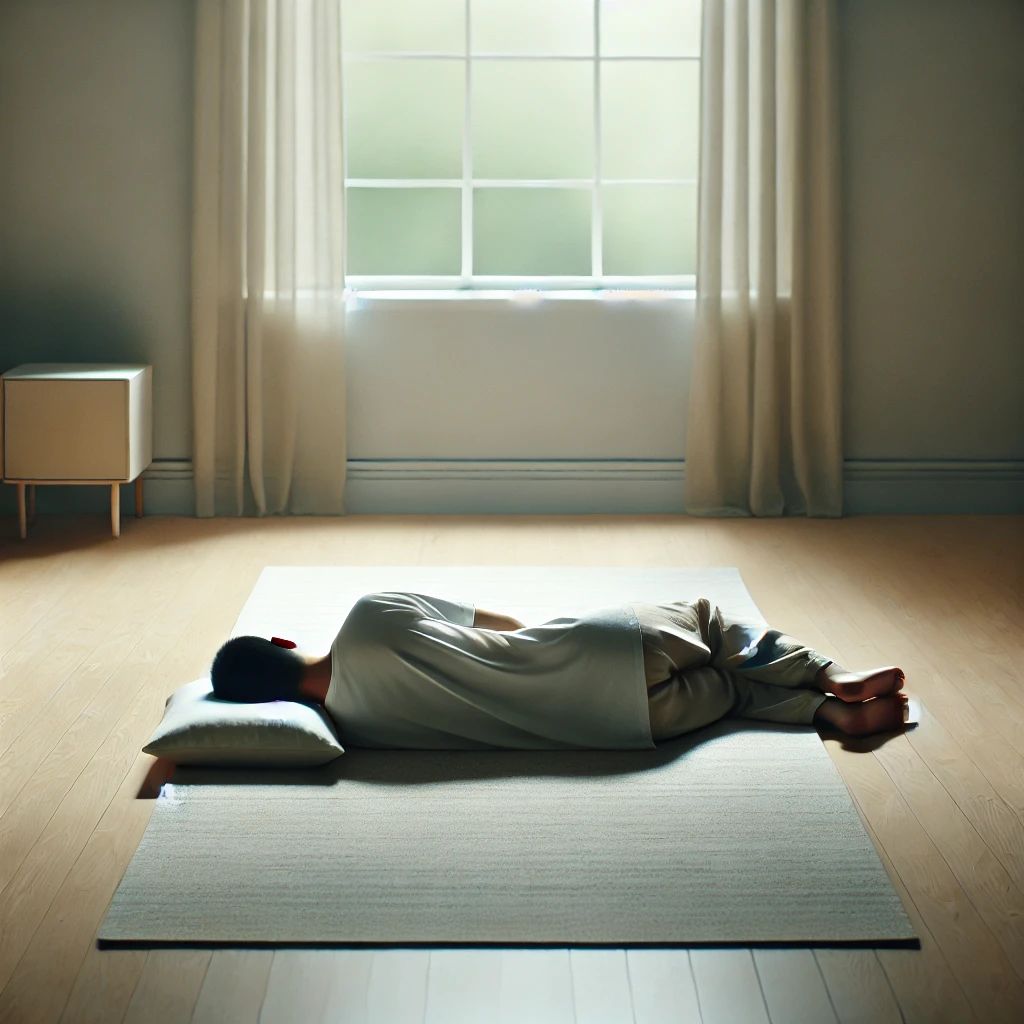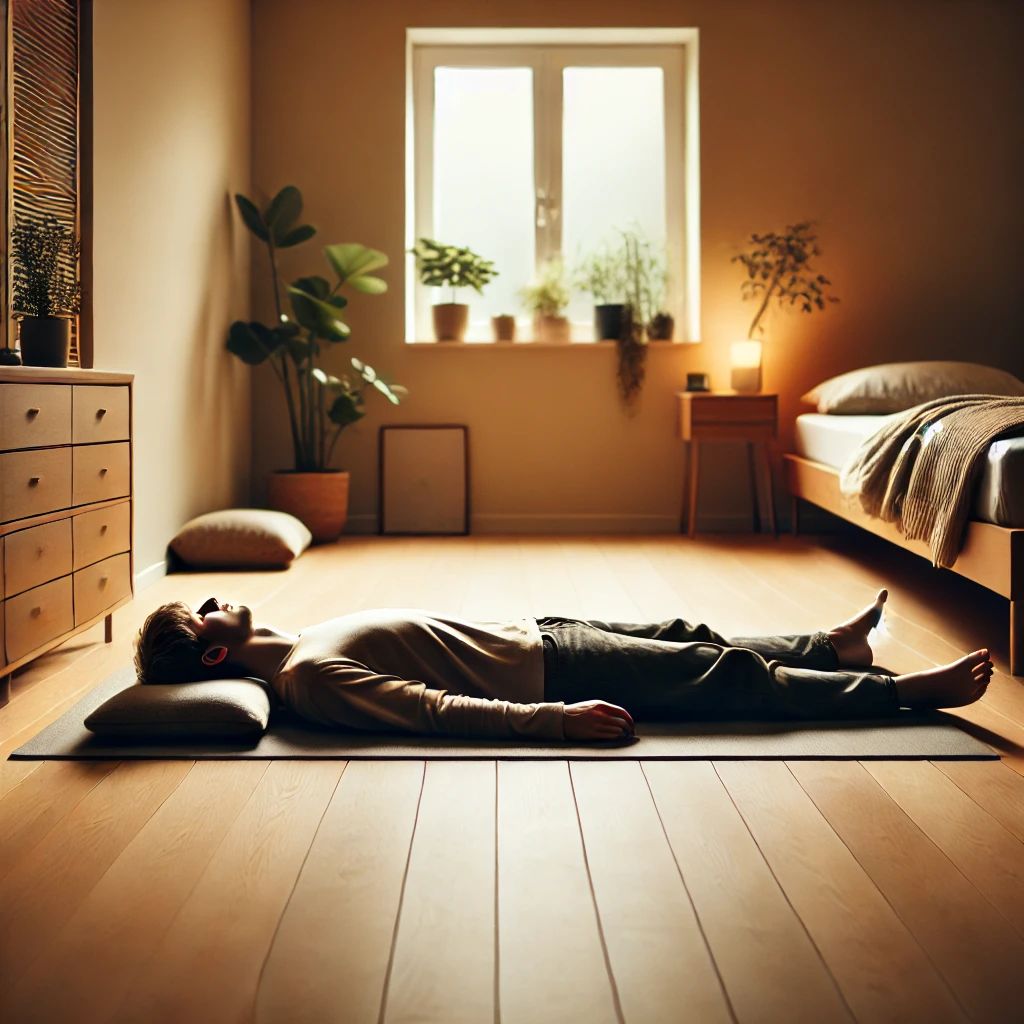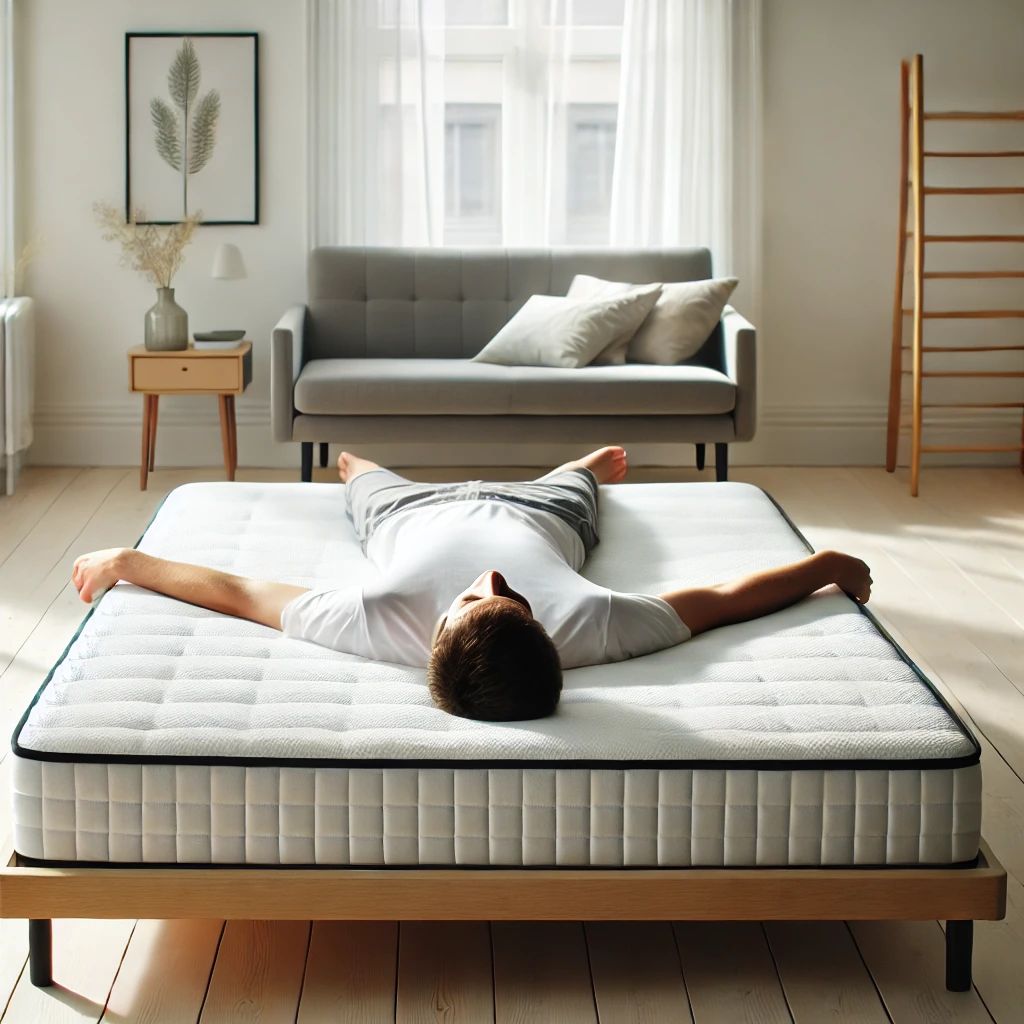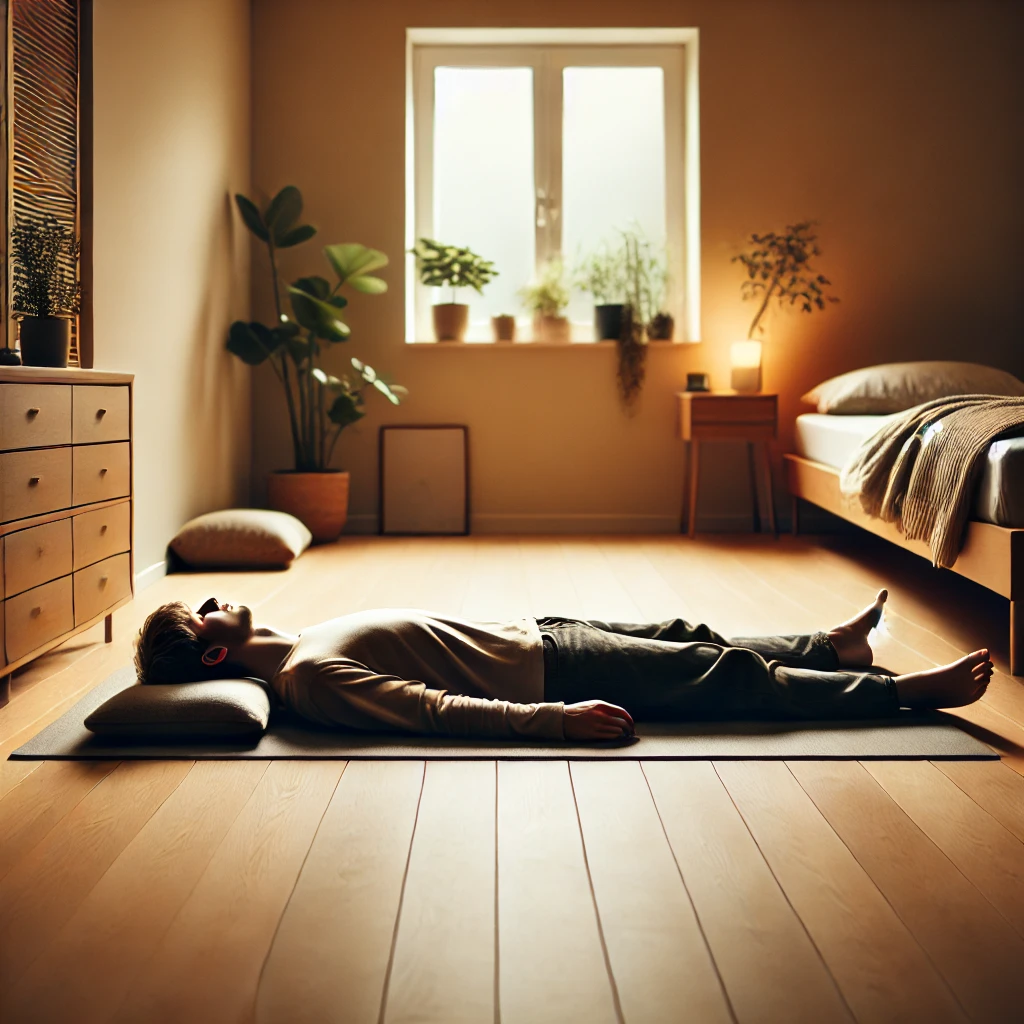In an effort to combat back pain, some people are experimenting with alternative sleeping methods, claiming that sleeping on a hard surface, like the floor, is better than traditional mattresses. This practice is based on the belief that the firm ground can better support the natural alignment of the spine. But is sleeping on the floor really better for your back, or is this just another trend with little solid evidence? In this article, we will explore the benefits and potential risks of this practice and what science has to say about it.

Benefits of Sleeping on the Floor
Proponents of sleeping on the floor often highlight the following key benefits:
1. Back Support: Sleeping on a hard surface may provide better support for the spine. The firm floor prevents the body from sinking into a soft surface, which could reduce the risk of spinal misalignment and lower back pressure.
2. Better Body Alignment: When you sleep on the floor, the spine remains aligned with the head, neck, and hips. This natural position may reduce strain on muscles and joints, particularly for those who suffer from poor posture when sleeping on a soft mattress.
3. Reduced Back Pain: Some claim that sleeping on the floor can alleviate chronic back pain because the firm surface prevents uneven weight distribution, which can happen on a soft mattress.

Risks and Drawbacks
However, sleeping on the floor is not a one-size-fits-all solution. There are some downsides to consider:
1. Lack of Cushioning: While a hard surface can offer support, the lack of cushioning may create discomfort by putting pressure on sensitive parts of the body, such as the hips and shoulders. This can result in pain or stiffness in the morning.
2. Circulation Issues: Sleeping on the floor may reduce circulation to certain parts of the body, particularly for people with existing joint or circulation problems.
3. Hygiene Concerns: Even clean floors can harbor more dust and dirt than raised surfaces, which can be problematic for people with allergies. Additionally, lying on the floor can be uncomfortable in colder environments where the ground retains a cooler temperature.
What Does Science Say?
Although there are few studies that specifically examine this practice, most research on back pain suggests that the quality of your mattress plays a critical role in back support and healthy sleep. Research published in the Journal of Chiropractic Medicine suggests that a medium-firm mattress is the best option for people with chronic back pain, as it provides a balanced combination of support and comfort. This balance of cushioning and support is difficult to achieve by simply sleeping on the floor.

Moreover, personal preference plays a significant role. Some people may feel comfortable sleeping on the floor, while others will find it too hard and uncomfortable. Every body is different, so there is no one-size-fits-all solution.
While sleeping on the floor may offer some benefits for those seeking firm back support, it is not an ideal solution for everyone. There are risks of discomfort and pain, especially for those unaccustomed to such conditions. Ultimately, science shows that a high-quality mattress with appropriate firmness remains the best option for most people with back problems. So, while sleeping on the floor may help some, a quality mattress is still the better choice for long-term back support and healthy sleep.
More Useful Links:
Joint and Spine Health: Simple Exercises to Improve Mobility and Prevent Posture-Related Issues
Darkness as a Healer: Hormonal Benefits of Controlled Exposure to Darkness
Intermittent Breathing: The Key to Increased Energy and Reduced Stress
